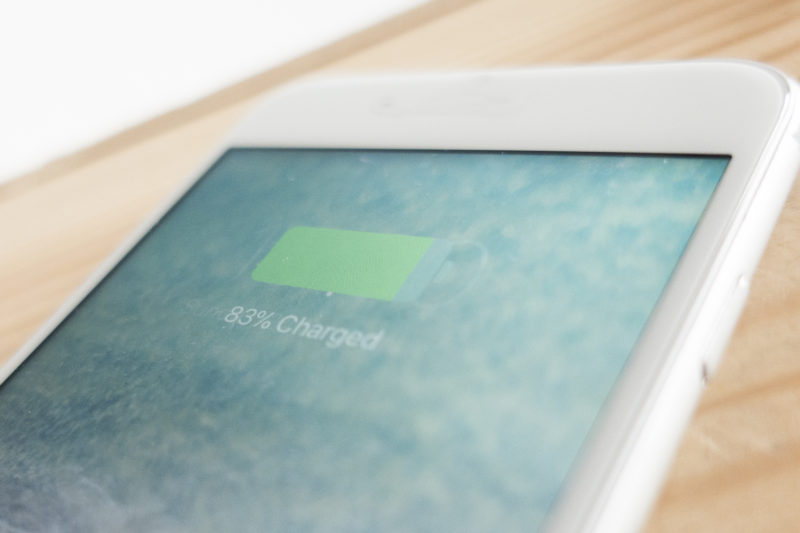In November 2017 the first all-new iPhone for over three years appeared in the form of the iPhone X. With its new ‘edge to edge’ OLED (organ
In November 2017 the first all-new iPhone for over three years appeared in the form of the iPhone X. With its new ‘edge to edge’ OLED (organic light emitting diode) 5.8 inch screen and a starting price just a pound under four figures, the new smartphone is seen as a game changer for the iPhone and brings it up to the bezel-free designs and screen tech standards of key rivals such as the Samsung Galaxy S8.
Such is the rate of change and the fast moving nature of mobile tech, rumours and speculation as to what its possible successor may offer are already coming to light.
A notch above the rest?
Unlike previous iPhone designs and its present stablemates the iPhone 7 and 8, the iPhone X has very slim screen bezels although the design does feature a ‘notch’ at the top – a blank area that houses the forward facing camera and some sensors. This notch has come in for some degree of criticism amongst reviewers and users who say that not only does if effectively reduce screen ‘real estate,’ but also spoils the aesthetics of Apple’s flagship smartphone.
Some predictions say that the notch will be significantly reduced or maybe removed altogether in a possible next iteration of the X – whether called an X2, X Plus or even if the ‘X’ designation is removed altogether.

Various screen sizes in iPhone X body
On the other hand, some say the notch may stay but Apple may offer various screen size versions of the X’s basic design to take over from the present 8 and 8 Plus, handsets using body designs dating back to the release of the iPhone 6 in 2014.
This would effectively mean the entire iPhone range evolving into the current X’s body design; it’s predicted 5.8 and 6.5 inch OLED screen variants will be offered along with possibly a 6.1 inch version although this version wouldn’t feature the OLED screen. It’s more likely to be a lower spec screen to reduce costs and thus offer a ‘starter’ iPhone in the range.
The above ‘screen predictions’ come from noted tech analyst Ming-Chi Kuo of KGI Securities; Kuo’s predictions have often proved either very close or exact harbingers of what eventually appears on new releases of Apple’s mega selling iPhone thanks to careful research into the their supply line. Long before new releases appear Apple obviously have to put orders and specifications in place for new components with their suppliers, and these can give a large clue as to future developments.
For example, Samsung supply many screens to Apple and analysts like Kuo pay attention to what Apple are ordering from the Korean electronics giant amongst others.
Other possible changes
Face ID – Apple seem committed to face recognition, the method whereby the phone unlocks upon recognising the user’s face as opposed to Touch ID that has featured in iPhones since 2013’s 5S variant. Face ID could appear on all models.
Faster data – the next step from 4G, Gigabit LTE, is nearly here so the next iPhone should feature this technology; rivals such as the Samsung Galaxy already support it while the present iPhone X doesn’t.
Battery life – the bane of smartphone users as battery technology tries to keep up with ever-more powerful devices, Apple is looking into different battery configurations so cells can utilise space within the case and thus provide larger batteries whilst keeping phone bodies slim.

Camera – various upgrades to the already excellent camera are predicted including a 3D scanner on the rear camera to help make more of AR (Augmented Reality).
Super resolution photo capability could feature although it’s partly here already thanks to the optical image stabilisation offered on the ‘Plus’ versions of the iPhone and the current X. With super resolution photography, pictures are taken at slightly different angles and then stitched together to create one ‘super resolution’ photo.
Some industry analysts have already detected Apple making arrangements for higher resolution cameras to be produced by third party suppliers, so a higher megapixel count could be on the cards for the next iPhone camera.
Interchangeable lenses are being considered; it’s possible to buy them now from third party suppliers, but Apple’s offering would likely be in the form of modules that can be attached easily to the iPhone – the company has applied for two patents covering different camera module designs.
Ever changing
Expect the rumour mill to hot up through 2018 running up to the next iPhone’s unveiling probably in the autumn.



















































































































COMMENTS